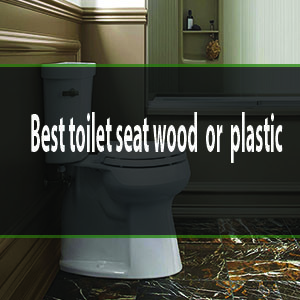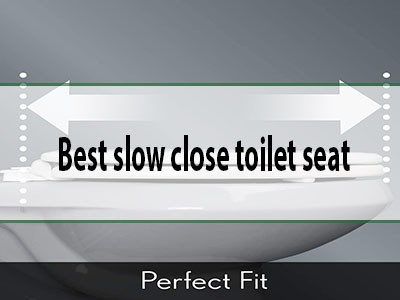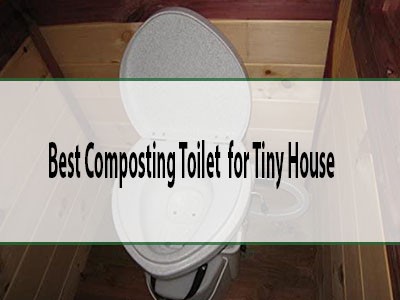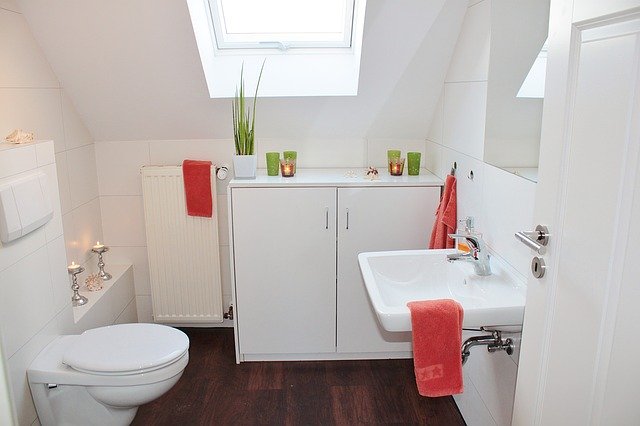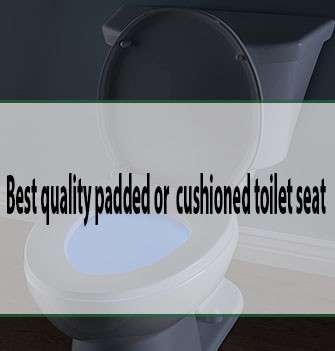Is your toilet taking its sweet time to flush? A slow flushing toilet is not just annoying; it can be a sign of underlying issues that might lead to bigger problems.
You might find yourself standing there, waiting, and hoping that it will finally do its job. But why leave it to chance when you can fix it yourself? Imagine the satisfaction of solving this common household nuisance with just a few simple steps.
You don’t need to be a plumbing expert to get your toilet flushing efficiently again. In this guide, we’ll walk you through the process, making it easy for you to understand and apply. By the end of this article, you’ll have the confidence and know-how to tackle this inconvenience head-on. Let’s dive in and get your toilet back to its speedy self!
Table of Contents
Common Causes
Toilet pipes can get clogged easily. Things like paper or debris block them. This makes the toilet flush slowly. It’s important to keep pipes clean. Regular cleaning helps water flow better.
A toilet needs enough water to flush well. Low water levels can cause slow flushing. Check the tank often. Adjust the float to raise the water level if needed. This helps the toilet work better.
Minerals can build up in the toilet. This can happen over time. It makes water flow slow. Using a cleaner helps remove these minerals. Cleaning regularly keeps the toilet flushing well.
The flapper controls water flow in the tank. A faulty flapper can cause problems. It might not seal properly. This can lead to slow flushing. Replacing a worn-out flapper helps the toilet flush correctly.
Tools And Materials
To fix a slow flushing toilet, gather essential tools like a plunger, toilet auger, and adjustable wrench. Common materials needed include vinegar, baking soda, and a bucket. These items help in clearing clogs and ensuring a smooth flush.
Essential Tools
A plunger is the first tool needed. It helps to remove blockages. A toilet auger is also useful. It clears deep clogs in the toilet. A bucket is handy for removing extra water. Use a screwdriver to adjust the toilet parts. A pair of gloves keeps hands clean and safe. A wrench helps in tightening or loosening nuts and bolts.
Recommended Materials
Keep a bottle of toilet cleaner nearby. It helps in keeping the toilet fresh. Baking soda and vinegar can help in cleaning. Use a toilet brush to scrub the bowl. A rag or cloth is useful for wiping spills. Toilet tank tablets can help keep the tank clean. Ensure you have a water-safe lubricant for moving parts.
Clearing Clogs
The plunger is a simple tool. Place it over the toilet hole. Push down gently to create suction. Pull back quickly. This helps dislodge the clog. Repeat if needed. Use a rubber plunger for best results. Make sure there’s enough water in the bowl. This helps with the suction. The goal is to get the water moving fast.
An auger is a flexible tool. It can reach deep clogs. Insert it into the toilet slowly. Turn the handle to break the clog. Pull it out carefully. Don’t rush. Gentle moves work best. Augers are great for stubborn clogs. Always clean the auger after use. This keeps it ready for next time.
Chemicals can dissolve tough clogs. Pour them into the bowl. Follow the instructions on the bottle. Wait for the recommended time. Flush the toilet to check results. Use chemicals safely. They can be strong. Always ventilate the bathroom. Keep chemicals away from kids and pets. They should be a last choice.
Adjusting Water Levels
Open the toilet tank lid. Look inside to see the water level. It should be about one inch below the overflow tube. If it’s too low, the flush will be weak. Too high can cause leaks. Use a pencil to mark the current water level. This helps you track changes.
The float controls the water level. There are two types: ball float and cup float. For a ball float, twist the metal arm. Twist it to change the water level. Turn it clockwise to lower water. Counterclockwise to raise it. For a cup float, find the adjustment screw. Use a screwdriver to turn the screw. Turning it changes the water level. Adjust until the water is at the right height. Check if the toilet flushes better now.
Removing Mineral Deposits
Fix a slow flushing toilet by removing mineral deposits that block water flow. Vinegar and baking soda can dissolve these deposits, improving flush efficiency. Regular cleaning helps maintain toilet performance and prevents future build-up.
Vinegar And Baking Soda Method
Vinegar and baking soda are great for cleaning toilets. First, pour a cup of vinegar into the toilet bowl. Let it sit for a few minutes. Then, add one cup of baking soda. Watch the fizz! This helps break down mineral deposits. Wait for about 10 minutes. Scrub the toilet with a brush. Flush to rinse it all away. Your toilet should flush better now.
Commercial Cleaners
Commercial cleaners can also help. Buy a cleaner made for toilets. Follow the instructions on the package. Usually, you pour it in and wait. Then scrub with a brush. These cleaners are strong. They remove deposits quickly. Be sure to wear gloves. Keep the bathroom well-ventilated. Your toilet will flush faster.

Credit: www.tiktok.com
Fixing The Flapper
A slow toilet can be annoying. Start by checking the flapper. It is the rubber piece at the tank’s bottom. Lift the tank lid carefully. See if the flapper seals well. A good seal stops water leaks. If it looks worn, it might need replacing. Sometimes, cleaning the flapper helps. Use a soft cloth for this. Make sure it sits flat after cleaning.
A worn flapper needs a replacement. Buy a new one from a store. They are not expensive. Turn off the water supply first. Flush the toilet to empty the tank. Remove the old flapper gently. Hook the new flapper onto the pegs. Attach the chain to the lever. Make sure it moves freely. Turn the water back on. Test the flush. Everything should work well now.
Preventive Maintenance
Keeping the toilet clean helps it work well. Use a toilet brush to scrub the bowl. Clean it once a week to avoid clogs. Toilet cleaners can help remove stains. They also kill germs. Make sure to clean under the rim. This spot often gets dirty. A clean toilet is a happy toilet.
Check the toilet for leaks. Look at the base and the tank. Fix leaks quickly to save water. Inspect the flush handle. It should move freely. Sometimes chains get tangled. Untangle them to avoid problems. Also, listen for strange sounds. These can mean trouble. Finding problems early can prevent bigger issues later.

Credit: www.youtube.com

Credit: www.fluidmaster.com
Frequently Asked Questions
Why Is My Toilet Flushing Slowly?
A slow flushing toilet can be caused by a clogged drain or a malfunctioning flapper. Mineral buildup can also restrict water flow. Check for obstructions in the siphon jet or rim holes. Regular maintenance helps prevent these issues and ensures efficient flushing.
How Do I Unclog A Toilet Drain?
To unclog a toilet drain, use a plunger or a plumber’s snake. Plungers create pressure to dislodge obstructions. A plumber’s snake reaches deeper clogs. Avoid using chemical drain cleaners as they may damage pipes. Regular cleaning helps prevent clogs and maintains smooth flushing.
What Is A Toilet Flapper?
A toilet flapper is a rubber valve that controls water release from the tank to the bowl. It ensures efficient flushing. A faulty flapper can cause slow flushing or constant running. Replace it if it’s worn or damaged. Regular inspection prevents water wastage and improves toilet performance.
How Can I Improve Toilet Flush Power?
To improve flush power, clean the siphon jet and rim holes. Remove mineral deposits using vinegar or a specialized cleaner. Ensure the water level in the tank is optimal. Adjust the flapper chain for a proper seal. Regular maintenance enhances flush efficiency and prevents slow flushing.
Conclusion
Fixing a slow flushing toilet is simple with the right steps. Check the water level first. Adjust if it’s low. Clean the rim holes and check the flapper. These small tasks can solve many problems. Regular maintenance keeps toilets running smoothly.
A quick fix saves you time and stress. Always keep basic tools handy. A well-functioning toilet is important for a comfortable home. Try these tips and notice the difference. Your toilet will flush better. Enjoy peace of mind with a smoothly flushing toilet.


